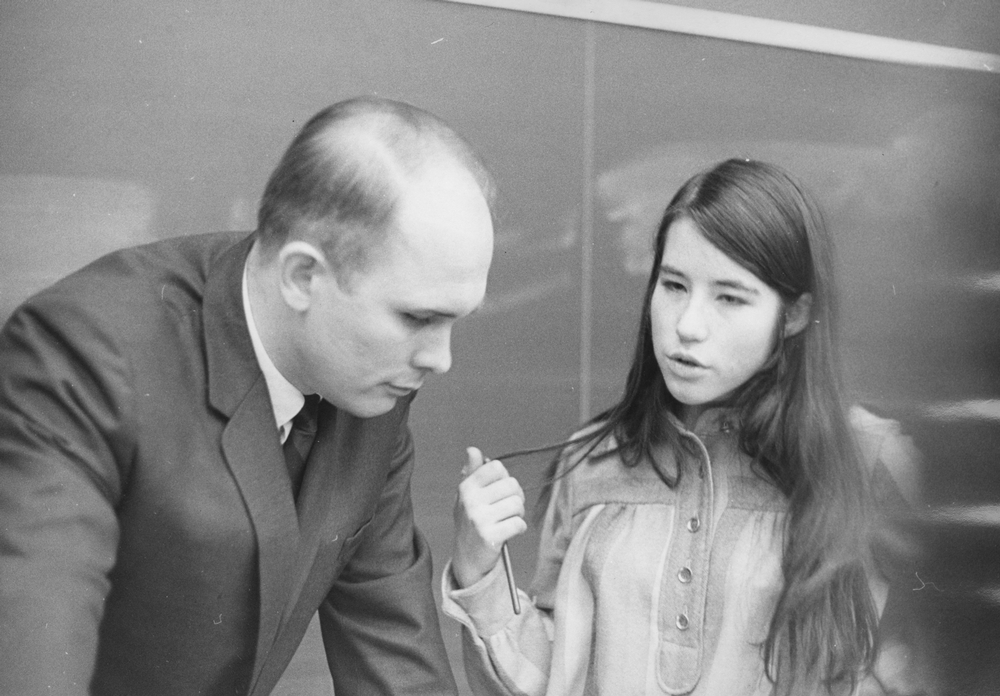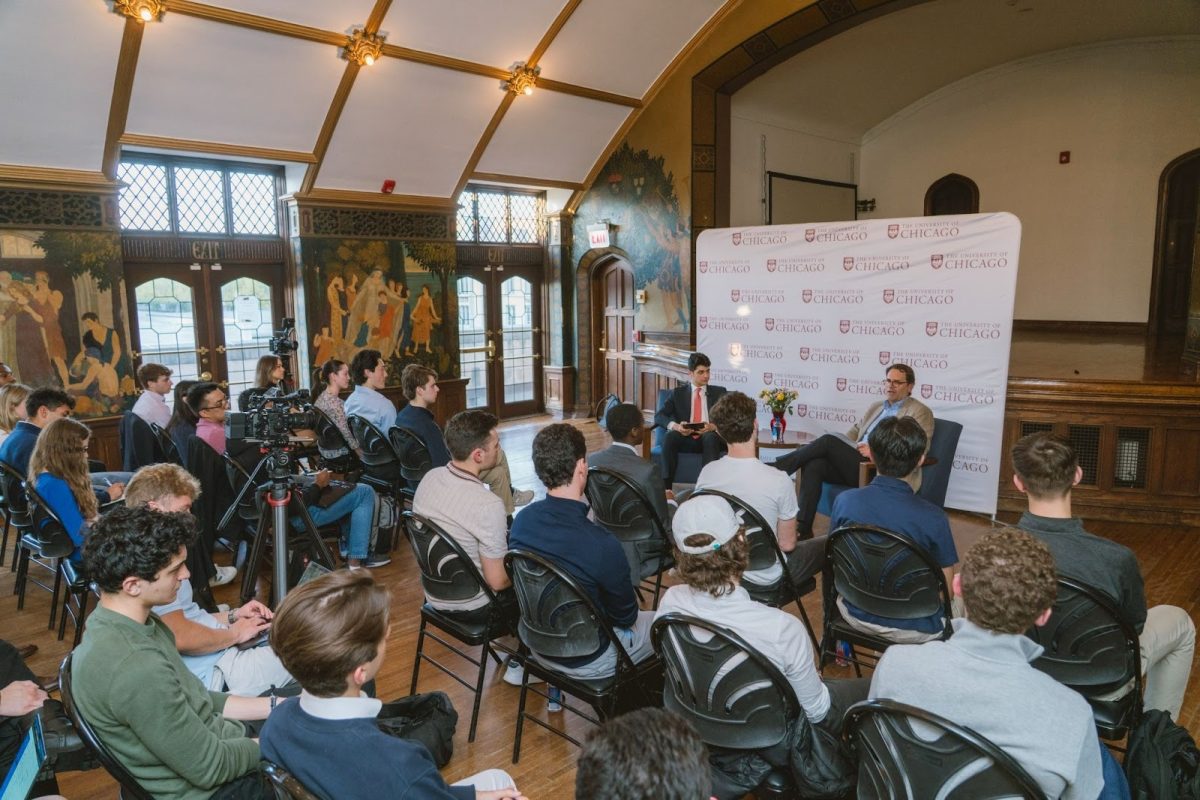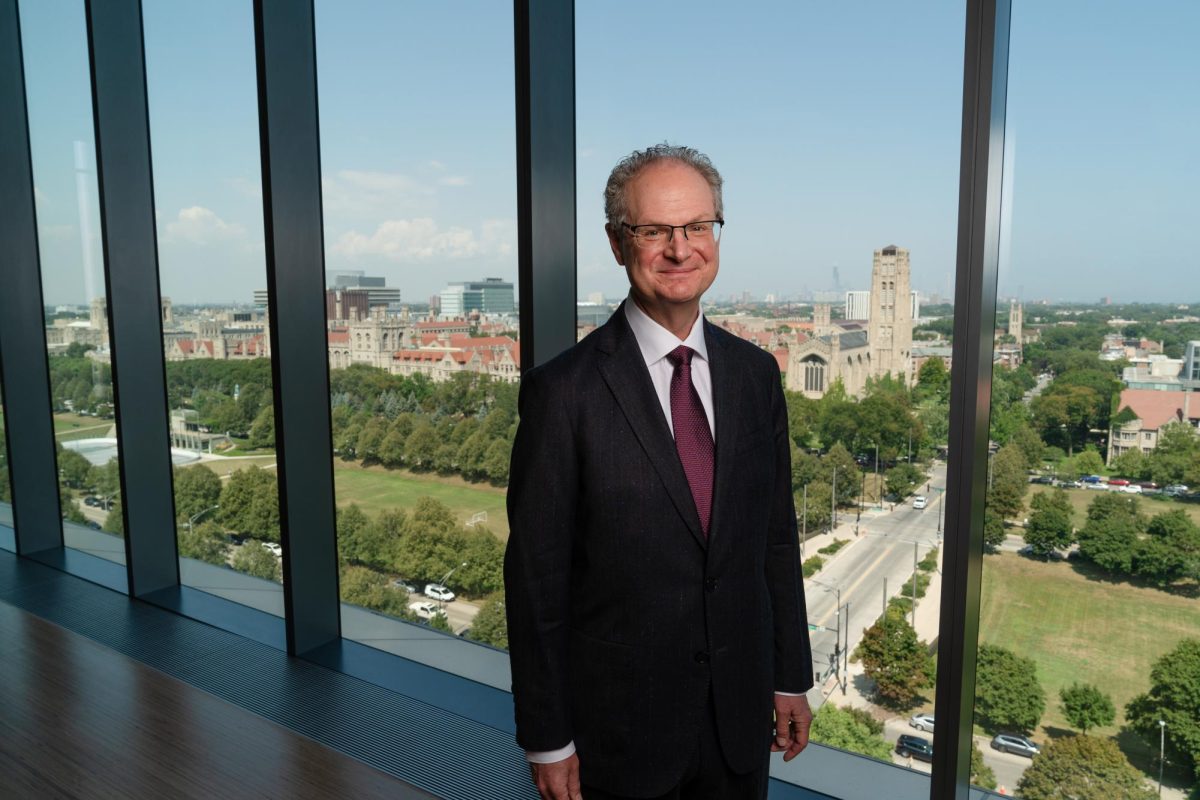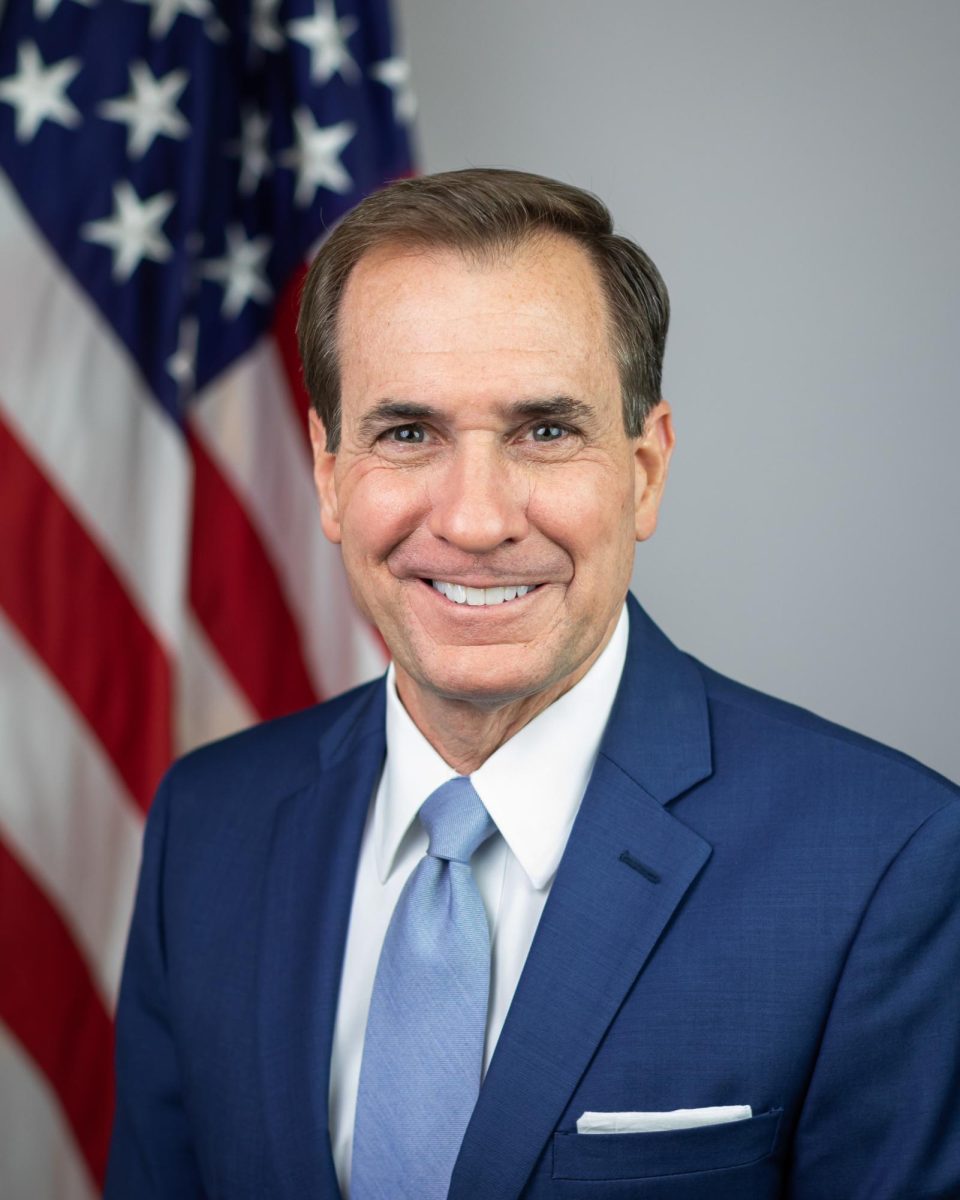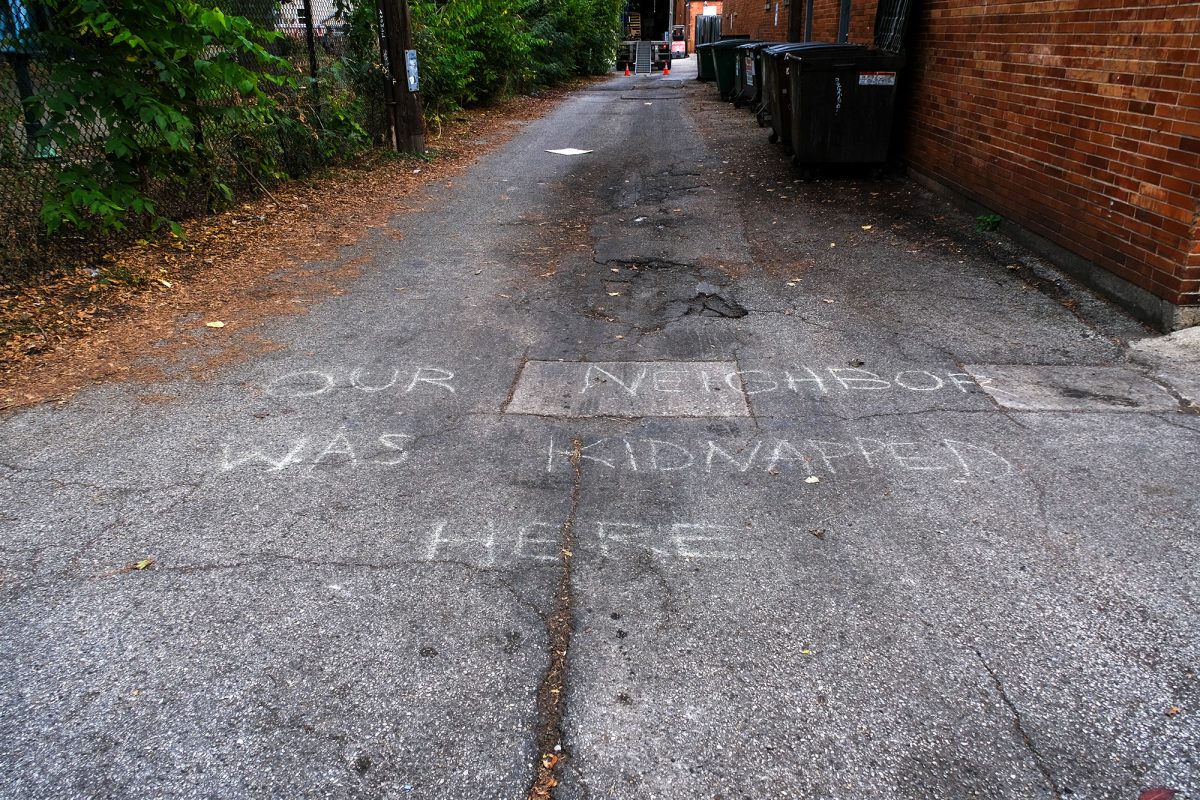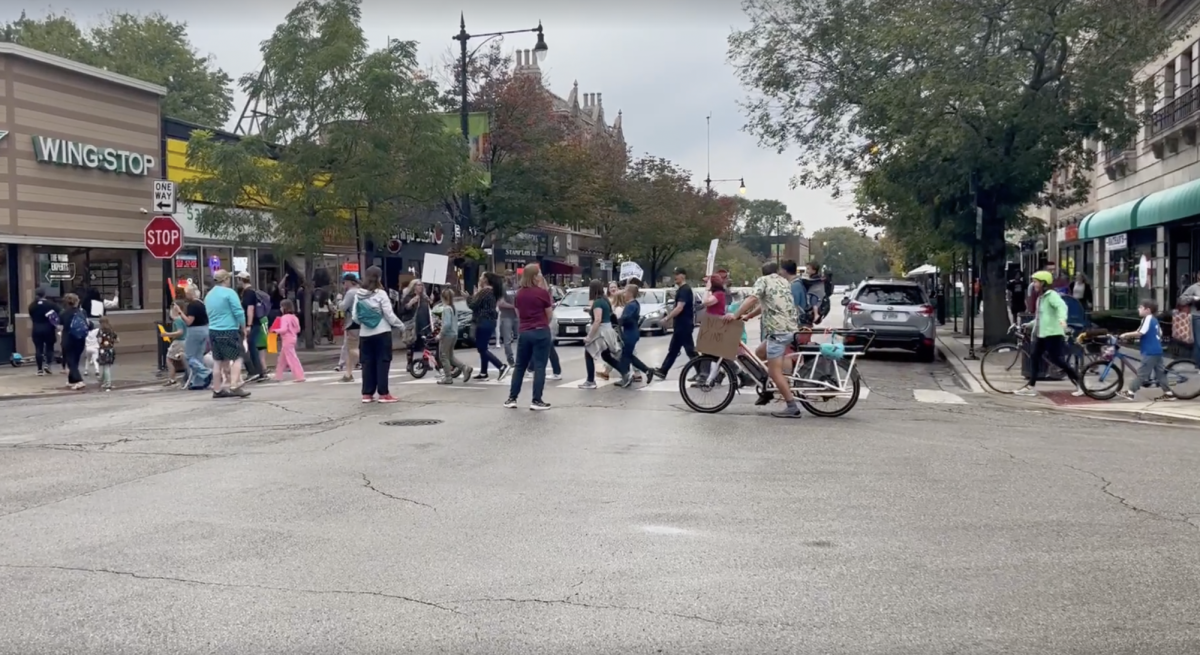Dallin Oaks (J.D. ’57), a former professor at the University of Chicago Law School, is expected to be installed as the 18th president of the Church of Jesus Christ of Latter-day Saints, colloquially known as the Mormon Church.
Oaks will formally take on the position following the October 7 funeral of Russell Nelson in Salt Lake City. Nelson served as president from 2018 until his death on September 27.
Previously, Oaks served as first counselor to Nelson and as president of the Quorum of the Twelve Apostles (the primary governing body for Church affairs), having been a member of the Quorum since 1984. By custom, the longest-tenured member of the Quorum is selected as the new president of the Church.
The president of the Church, which counts more than 17.5 million members globally, is also responsible for managing a valuable asset portfolio. The Church has accumulated nearly $300 billion across its holdings, and was the fifth-largest private landowner in the United States as of 2022. One analysis estimates that the Church receives between $5.5 and $6.5 billion annually in tithes from its members. The Church also disbursed $1.45 billion in humanitarian aid around the world in 2024.
According to the Church’s website, Oaks was born on August 12, 1932 in Provo, Utah. He graduated from Brigham Young University (BYU) in 1954 and the University of Chicago Law School in 1957, where he served as editor-in-chief of the Chicago Law Review. After clerking for Chief Justice of the United States Earl Warren for the 1957–58 term and working in private practice, Oaks became a professor at the Law School in 1961. He served as associate dean in 1962, following former Dean Edward Levi’s appointment as provost, and became a full professor in 1964.
While at UChicago, Oaks chaired a committee responsible for disciplinary actions following a two-week sit-in in January 1969. The sit-in protested the University Committee on Human Development’s decision to not reappoint professor Marlene Dixon, alleging that it was the result of her outspoken anti–Vietnam War views, gender, and criticism of Levi’s appointment to University president.
Despite facing widespread criticism from students and faculty for its lack of due process and transparency, the Oaks Committee ultimately expelled 42 students and suspended 57 of the 164 students brought before them.
In 1971, Oaks left UChicago to become president of BYU, which is affiliated with the Mormon Church. During his tenure, the BYU police force organized sting operations, surveillance, and bathroom patrols to target gay students, in conformity with an honor code that prohibited them from attending the school. Oaks reportedly told officers to target gay people off campus, with the police chief sending officers as far away as Salt Lake City. Following allegations from the ACLU, the school stated in 1979 that its police would cease such activities.
Oaks was also president when researchers at BYU carried out a study on “electric aversion therapy” on gay men, otherwise known as conversion therapy, a practice that is banned in a majority of U.S. states. One of the 14 subjects, playwright John Cameron, was a devout Mormon driven to participate in the study by the Church’s no-tolerance policy toward homosexuality at the time. Cameron later said the experience left him traumatized.
Oaks has denied such studies were carried out while he was president, contradicting publicly available information.
In a memorandum written by Oaks shortly after he was appointed to be a member of the Quorum of the Twelve Apostles, he argued that the Church should oppose same-sex marriage because a “generation of homosexual ‘marriages’ would depopulate a nation, and, if sufficiently widespread, would extinguish its people. Our marriage laws should not abet national suicide.”
In 1981, Oaks was appointed to the Utah Supreme Court, on which he served for the next three years. He was also considered by the Reagan administration for an appointment to the United States Supreme Court. He has been first in line for the presidency of the Church since 2018.



